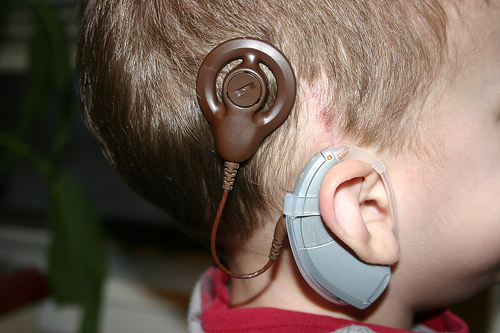A new genetic study in mice has identified two proteins that help organize the development of the hair cells that pick up sound waves in the inner ear. These hair cells are a major player in hearing loss, and knowing more about how they develop will help us figure out ways to replace hair cells that are damaged. The production of hair cells in the cochlea during embryo development is a highly organized and intricate process involving precise timing and location. Although scientists have uncovered much about hair cell formation, the molecular signals that control the "precise cellular patterning" have remained unclear. Scientists investigated signaling proteins that play a role in hair cell formation in the developing cochlea. Two of the proteins that the researchers investigated caught their attention: Activin A and follistatin. “The action of Activin A and follistatin is so precisely timed during development that any disturbance can negatively affect the organization of the cochlea.", says Angelika Doetzlhofer, Ph.D. Doetzlhofer suggests that the findings could lead to new treatments for restoring hearing that becomes impaired due to the loss of hair cells. (Source: www.medicalnewstoday.com)


